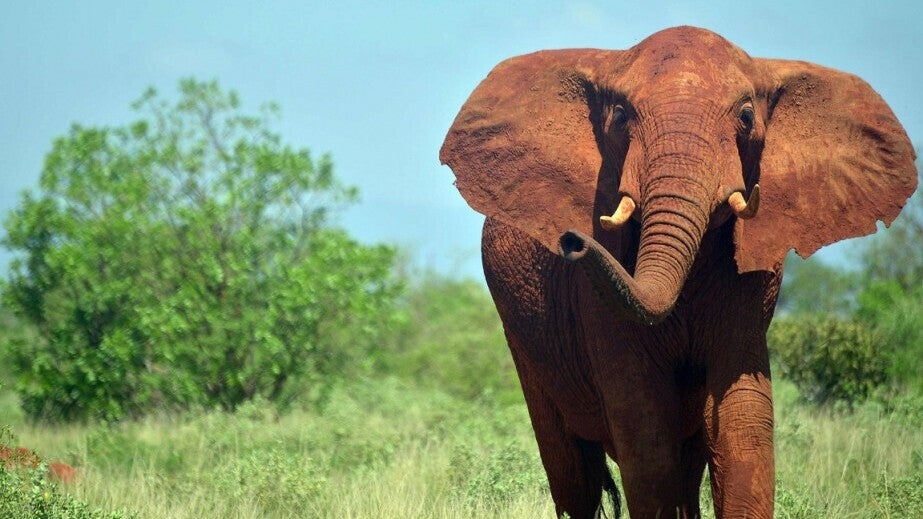
Kenya: When moving elephants becomes a necessity for conservation
Kenya, a majestic land where wildlife reigns supreme, is known for its vast landscapes populated by majestic herds of elephants. Yet, these iconic pachyderms of the African continent are at the heart of a massive relocation operation orchestrated by the Kenyan government and wildlife conservation authorities. This decision to relocate the elephants, a delicate undertaking, reflects both the complex issues related to biodiversity conservation and the socio-environmental challenges facing Kenya.
Why move elephants?
Behind these spectacular images of elephants being transported, there is an equally impressive reason: the need to protect these animals while preserving the ecological balance of their natural habitats. For years, Kenyan elephants have been facing several threats, including poaching, destruction of their natural habitat, and especially increasingly frequent conflicts with human communities.
Indeed, the expansion of agricultural land and infrastructure has significantly reduced the natural corridors that elephants use for their seasonal migrations. The result? These pachyderms come into direct conflict with farmers, destroying crops and endangering their lives. The Kenyan authorities, aware of these problems, have then taken the decision to move certain groups of elephants to safer and less populated areas to avoid these destructive confrontations.
A complex and costly operation
Moving an elephant is no easy task. Unlike other animals, these behemoths require extremely sophisticated security and logistical measures. Each elephant must be sedated before being transported by truck or helicopter to its new destination. A task that mobilizes an army of veterinarians, rangers, technicians and conservation experts.
This initiative, which represents a real technical and financial challenge, demonstrates how elephant conservation remains a priority for Kenya. But it is not all about logistics. Relocating these animals also requires a careful assessment of their psychological well-being and adaptation to their new environment. Elephants, being highly social animals, depend on their herds and their environment to thrive. Separating family groups or introducing elephants into resource-limited environments could result in devastating stress for these sensitive giants.
Broader issues: biodiversity and tourism
Beyond simply protecting elephants, this operation is part of a broader context of preserving biodiversity. Elephants play a crucial role in African ecosystems, acting as true gardeners. By breaking branches, uprooting trees or digging watering holes, they shape the environment, allowing other species to thrive there. Their disappearance or decline would not only disrupt the ecological balance, but would also affect other species that depend on these vast ecosystems.
Moreover, the elephant is one of the symbols of Kenyan tourism. Every year, thousands of tourists flock to the national parks to observe these giants in the wild. Any threat to their population would mean a huge loss for the tourism sector, which is a vital source of income for the country. Protecting elephants therefore also means protecting Kenya's economy.
A welcomed initiative, but challenges ahead
This massive relocation operation is applauded by many conservation organizations and the public. However, it cannot be a permanent solution. Relocating elephants only shifts the problem: the real question is how can human populations and wildlife coexist harmoniously. With a rapidly expanding human population and increasing pressure on available land, Kenya will need to find sustainable solutions to ensure that its elephants, like other species, have a thriving future.
It is clear that this operation is only the beginning of a long process. If the relocated elephants adapt well to their new habitat, it could mark a turning point in the management of human-wildlife conflict. However, it is essential to continue to raise awareness among the public and farmers about the importance of preserving these majestic species.
The Future of Kenya's Elephants
With combined efforts between the government, NGOs and local communities, Kenya may well succeed in reversing the trend and ensuring a future for its elephants. But the road is still long and fraught with pitfalls. As the world watches this unprecedented relocation operation, the authorities must continue to innovate, protect natural habitats, and promote harmonious coexistence between humans and wildlife.



Leave a comment
This site is protected by hCaptcha and the hCaptcha Privacy Policy and Terms of Service apply.